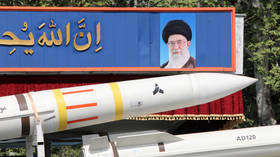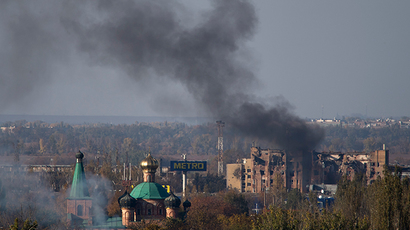Kiev govt used cluster munitions in populated zones in E. Ukraine – HRW
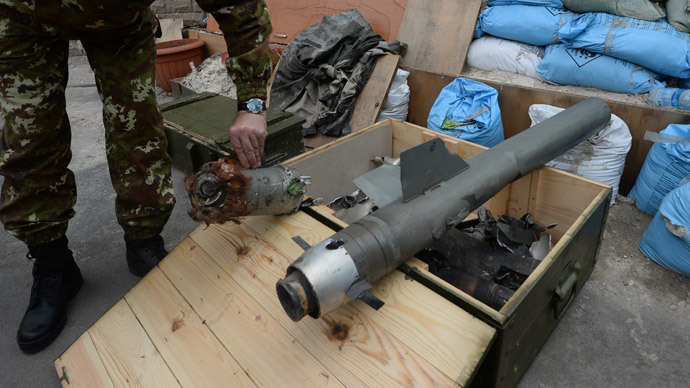
The forces of the Kiev government used cluster munitions in populated areas in the city of Donetsk, eastern Ukraine, says Human Rights Watch. It adds that the use of this forbidden weaponry violates the laws of war.
Human Rights Watch (HRW) was documenting the “widespread use of cluster munitions” in fighting between government troops and self-defense forces, according to investigation carried by the watchdog
“While it was not possible to conclusively determine responsibility for many of the attacks, the evidence points to Ukrainian government forces’ responsibility for several cluster munition attacks on Donetsk [Donetsk Region, Eastern Ukraine],” says the report.
The UN is “concerned” by the report, a spokesman for Secretary General Stephane Dujarric said at a briefing, adding that Ban Ki-moon is calling for a “political solution.”
Kiev however denied the use of cluster munitions by the Ukrainian military in the operation in eastern Ukraine.
"Ukrainian military did not use weapons forbidden by international legal law. This also applies to cluster munitions," Andrey Lysenko, spokesman for Ukraine's National Security Council, said at a briefing on Tuesday.
He also said that the observers could have been given "provocative information" from DPR militia, as he proposed to increase the number of international observers in eastern Ukraine.
"When it comes to the use of cluster munitions on civilian quarters of Donetsk, then I must say that the Ukrainian military did not use weapons on the peaceful quarter of the city."
Donetsk, which before the launch of the Kiev military operation
in April had a population of about 1 million people, is now
literally in ruins. Heavy shelling claimed hundreds of civilians
in the city.
On Monday a huge blast rocked a chemical factory in Donetsk in
eastern Ukraine, the city council says on its website. The blast
wave reportedly shattered windows in houses in a radius of
several kilometers.
Blast rocks chemical plant in Donetsk, claims of
tactical missile
An investigation says that at least six civilians were killed and
dozens injured in these attacks. But the real casualty number is
probably higher, says HRW, as the watchdog hasn’t yet probed all
the allegations of the cluster munition use in the conflict zone.
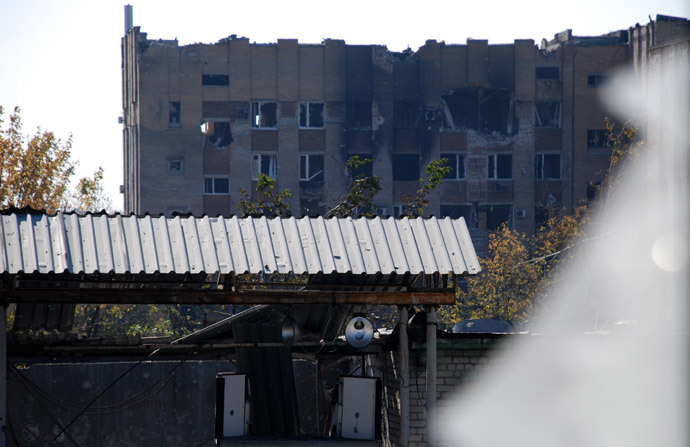
“It is shocking to see a weapon that most countries have
banned used so extensively in eastern Ukraine,” said Mark
Hiznay, senior arms researcher at HRW. “Ukrainian authorities
should make an immediate commitment not to use cluster munitions
and join the treaty to ban them.”
The danger of cluster munitions is that each of them contains
hundreds of smaller submunitions. After the bomb explodes the
container opens up “dispersing the submunitions, which are
designed to explode when they hit the ground,” says the
investigation.
War-torn Donetsk airport reminds of Chernobyl wasteland (PHOTOS, VIDEO)
“The submunitions are spread indiscriminately over a wide
area, often the size of a football field, putting anyone in the
area at the time of attack, whether combatants or civilians, at
risk of death or injury.”
The Convention on Cluster Munitions signed in 2009 includes 114
countries so far. However Ukraine has yet to join the treaty.
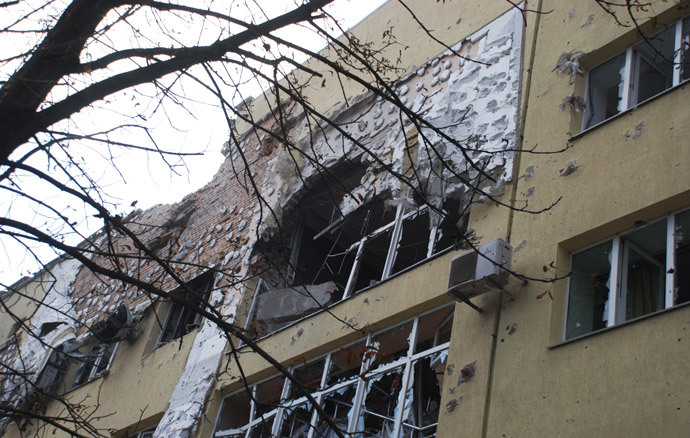
“There is particularly strong evidence that Ukrainian
government forces were responsible for several cluster munition
attacks on central Donetsk in early October,” HRW said.
The watchdog identified cluster munitions by the distinctive
craters, remnants of the submunitions found at the impact sites,
and remnants of the rockets found in the vicinity.
“Ukrainian forces should immediately make a commitment to not
use cluster munitions and to investigate and hold accountable any
personnel responsible for firing cluster munitions into populated
areas. Ukraine should accede to the treaty banning their
use,” HRW said.
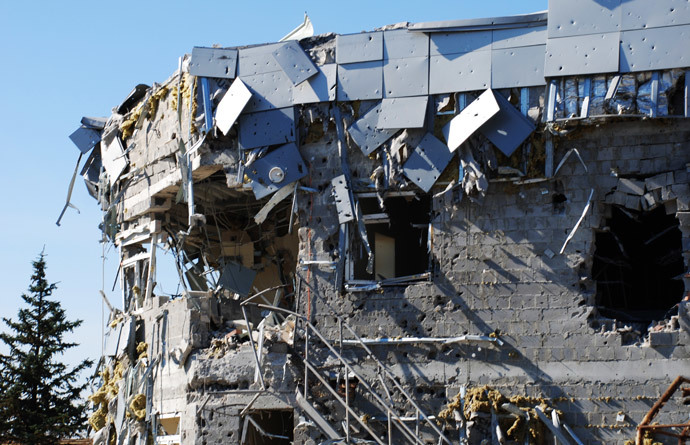
Ukraine’s authorities neither confirmed nor denied the allegations, says the group, adding that Kiev didn’t respond to a letter sent by the Cluster Munition Coalition in July or a letter sent by HRW on October 13.
“Firing cluster munitions into populated areas is utterly irresponsible and those who ordered such attacks should be held to account,” Hiznay said. “The best way for the Ukrainian authorities to demonstrate a commitment to protect civilians would be an immediate promise to stop using cluster munitions.”






